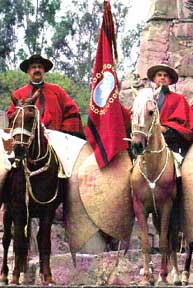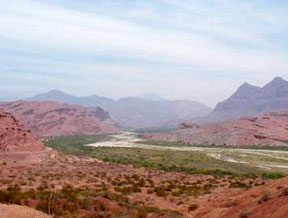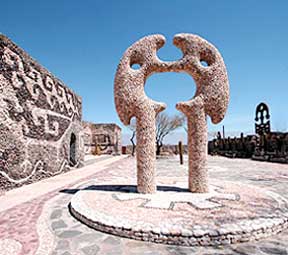


 The northwestern provinces of Salta, Tucumán and Jujuy are to Argentina what the Four Corners region of the Southwest is to the US: a sun-washed zone of remarkable geography and indigenous cultures. Because this region of the Andean Pre-Cordillera was near to the rich mineral deposits in Bolivia, much of Argentina's early history occurred here. On July 9, Independence Day, Argentineans eat locro, the traditional beef stew from Tucumán.
The northwestern provinces of Salta, Tucumán and Jujuy are to Argentina what the Four Corners region of the Southwest is to the US: a sun-washed zone of remarkable geography and indigenous cultures. Because this region of the Andean Pre-Cordillera was near to the rich mineral deposits in Bolivia, much of Argentina's early history occurred here. On July 9, Independence Day, Argentineans eat locro, the traditional beef stew from Tucumán. During the 17th century, Potosí (in present day Bolivia) was the largest city in the western hemisphere. As the Spanish extracted silver from the rich Potosí mines, Salta grew into a thriving city by selling pack animals and provisions to the miners.
During the 17th century, Potosí (in present day Bolivia) was the largest city in the western hemisphere. As the Spanish extracted silver from the rich Potosí mines, Salta grew into a thriving city by selling pack animals and provisions to the miners.I was told that there are 3000 kilometers of mine tunnels beneath Potosi. There is concern that another earthquake or even a severe storm might collapse the city. "--Eolo Pons


